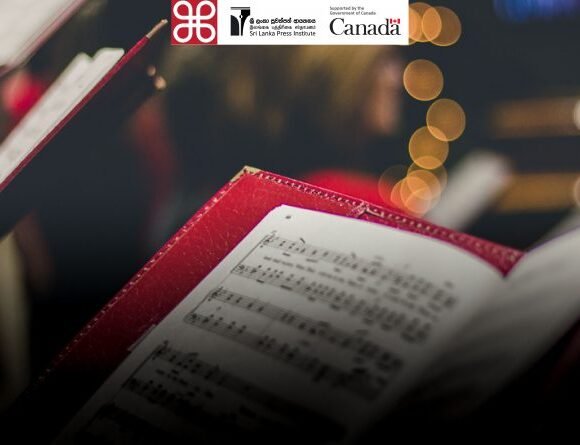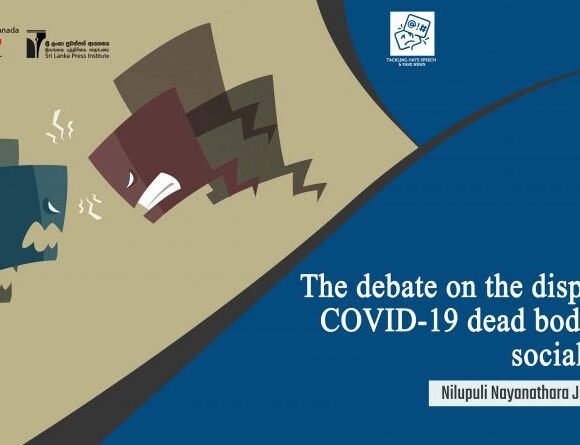What Are the Different Types of Alcoholics?
Individuals in this category are not fully developed, meaning that the brain can undergo significant developmental damage as a result of high alcohol consumption. This can lead to an ongoing addiction, severely impacting the individual’s quality of life as they get older and seriously impacting their physical and mental development. It is thought that most individuals in this category regularly engage in binge drinking – consuming a high volume of alcohol over a short period, well above the recommended daily amount. In England alone, it is estimated that there are around 600,000 individuals currently struggling with alcohol dependence, though only a small percentage of these individuals are seeking help for their condition (1). In 1876 the association established the Quarterly Journal of Inebriety, which, over a period of 38 years, published numerous articles by leading physicians from the United States and abroad about the different forms of alcoholism.

The likelihood of additional mental disorders is less than the young antisocial type, but around one quarter of this group reports having dealt with depressive disorders at one point or another. Nearly half of those within this category http://colibri.ru/book/high_voltage_tattoo smoked before their alcohol abuse and one third came from families with generational alcohol abuse issues. Because their homes and jobs are generally stable, functional alcoholics often choose not to pursue help with their alcoholism.
Young Adult Alcoholic Subtype
Studies have also shown that participation in self-help groups can benefit a chronically severe alcoholic as they provide social support and a sense of community for those in recovery. It is important to note that alcohol dependence is a serious condition that requires treatment, even if the individual appears to be high-functioning. Recognizing the early signs of functional alcoholism and seeking help promptly can help prevent the condition from worsening and reduce the risk of long-term complications.
- Early episodes of binge and heavy drinking (binge drinking on five or more days in the same month) can elevate the risk for struggling with alcohol-related issues later in life.
- They are also young (average age 26 years) and have the earliest age of onset of drinking (average is under 16 years old) and the earliest age of alcohol dependence (average of 18 years).
- Epsilon alcoholism is characterized by alternating periods of binge drinking and abstinence.
- Alcoholism is a huge problem in the United States, and these issues must be addressed appropriately.
- Gamma alcoholism involves physical and psychological dependence on alcohol with no ability to stop, and suspending drinking will result in withdrawal symptoms.
- When individuals who fit the profile for chronic severe alcoholism enter treatment, they generally present with a multitude of co-occurring disorders.
Poor mental health can allow substance abuse to develop if those substances help alleviate the symptoms of any current mental illnesses. Some of the types describe people dealing with fewer mental health issues outside of their alcohol abuse, whereas others suffer from depressive disorders, bipolar disorders, and https://gprotab.net/en/tabs/limp-bizkit more. The first subtype of alcoholism is the young adult subtype, also called the young alcoholic. About 77 percent of chronic severe alcoholics have family members with alcohol dependency. Of the five types of alcoholics discovered in the study, they have the lowest education levels and employment rates of all.
Tailoring Treatment f0r Different Types of Alcoholism
This group is typically in their late teens or early 20s, and either just of legal drinking age or slightly younger. Many young adult alcoholics are likely college students who are away from home for the first time, and who are surrounded https://www.teamsolo.net/Safety/ by a culture that promotes and encourages excessive social drinking. They have the highest divorce rate — 25.1 percent — of all the alcoholic types. Only 9 percent have gone to college, and only 43 percent are employed full time.








